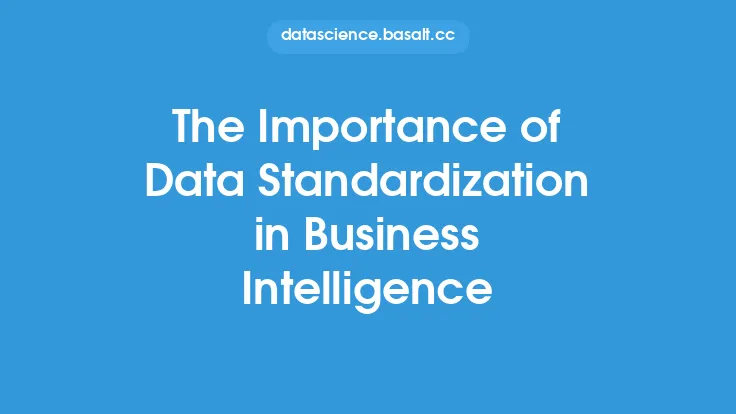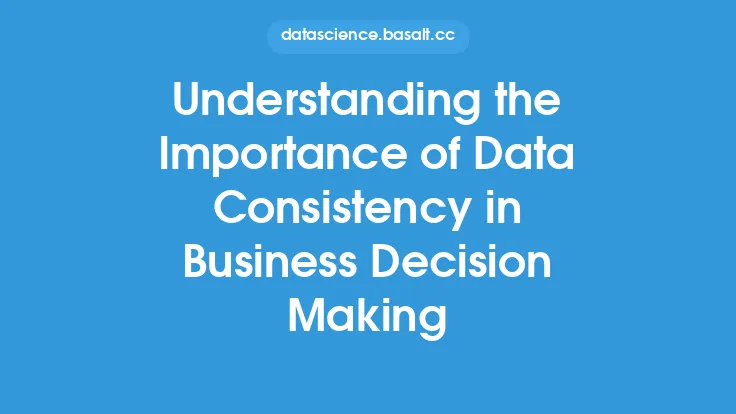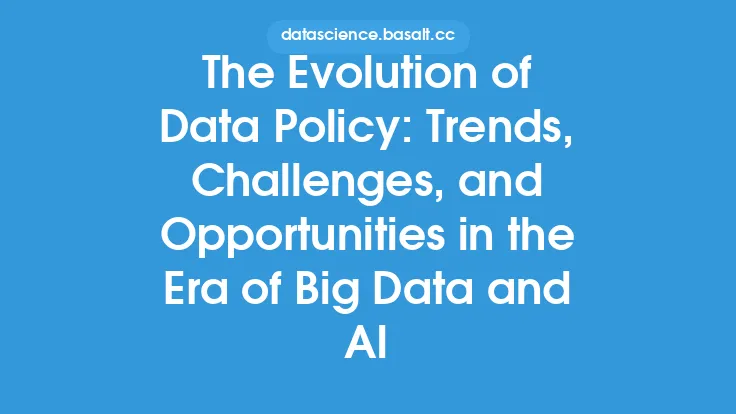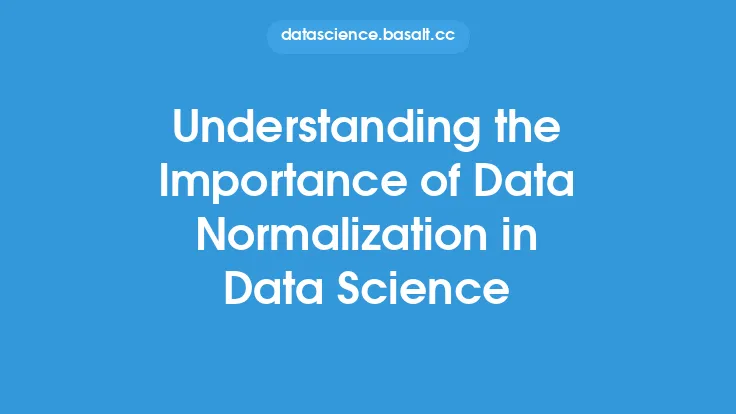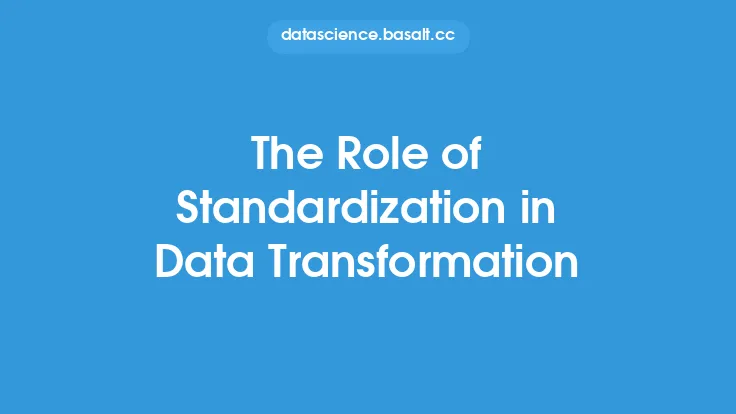Data standardization is a critical aspect of data warehousing and Extract, Transform, Load (ETL) processes. It involves ensuring that data is consistent, accurate, and in a format that can be easily understood and analyzed by various stakeholders. In the context of data warehousing and ETL, data standardization is essential for several reasons. Firstly, it enables organizations to integrate data from multiple sources, which is a common requirement in data warehousing. When data is standardized, it can be easily combined and analyzed, providing a unified view of the organization's data.
Introduction to Data Standardization in Data Warehousing
Data standardization in data warehousing involves establishing a common format for data, which includes defining data types, formats, and structures. This ensures that data from different sources can be easily integrated and analyzed. Data standardization also involves data cleansing, which is the process of identifying and correcting errors in the data. This is critical in data warehousing, as incorrect data can lead to inaccurate analysis and decision-making. Data standardization also enables data validation, which is the process of checking data against a set of predefined rules to ensure that it is accurate and consistent.
Benefits of Data Standardization in ETL
Data standardization is also essential in ETL processes, as it enables organizations to extract data from multiple sources, transform it into a standardized format, and load it into a target system. The benefits of data standardization in ETL include improved data quality, increased efficiency, and enhanced decision-making. When data is standardized, it can be easily extracted and transformed, reducing the risk of errors and inconsistencies. Standardized data also enables organizations to load data into a target system quickly and efficiently, which is critical in today's fast-paced business environment.
Data Standardization Techniques
There are several data standardization techniques that organizations can use to standardize their data. These include data profiling, which involves analyzing data to identify patterns and inconsistencies. Data profiling is critical in data standardization, as it enables organizations to understand the quality of their data and identify areas for improvement. Another technique is data cleansing, which involves identifying and correcting errors in the data. Data cleansing is essential in data standardization, as it ensures that data is accurate and consistent. Other techniques include data transformation, which involves converting data from one format to another, and data validation, which involves checking data against a set of predefined rules.
Data Standardization Tools and Technologies
There are several data standardization tools and technologies that organizations can use to standardize their data. These include data integration tools, such as ETL software, which enable organizations to extract, transform, and load data from multiple sources. Other tools include data quality software, which enables organizations to profile, cleanse, and validate their data. Data standardization tools and technologies also include data governance software, which enables organizations to establish and enforce data standards across the organization. Additionally, organizations can use data standardization frameworks, such as the Data Governance Framework, to establish a structured approach to data standardization.
Challenges and Best Practices
Despite the importance of data standardization, there are several challenges that organizations face when implementing data standardization. These include data complexity, which can make it difficult to standardize data, and data volume, which can make it challenging to process and analyze large amounts of data. Other challenges include data variety, which can make it difficult to standardize data from different sources, and data velocity, which can make it challenging to keep up with the rapid pace of data generation. To overcome these challenges, organizations can follow best practices, such as establishing a data governance framework, defining data standards, and implementing data quality processes. Organizations can also use data standardization tools and technologies to automate the data standardization process and improve data quality.
Conclusion
In conclusion, data standardization is a critical aspect of data warehousing and ETL processes. It involves ensuring that data is consistent, accurate, and in a format that can be easily understood and analyzed by various stakeholders. Data standardization enables organizations to integrate data from multiple sources, improve data quality, and enhance decision-making. By using data standardization techniques, tools, and technologies, organizations can establish a structured approach to data standardization and improve the overall quality of their data. As data continues to play an increasingly important role in business decision-making, the importance of data standardization will only continue to grow, making it essential for organizations to prioritize data standardization in their data warehousing and ETL processes.
